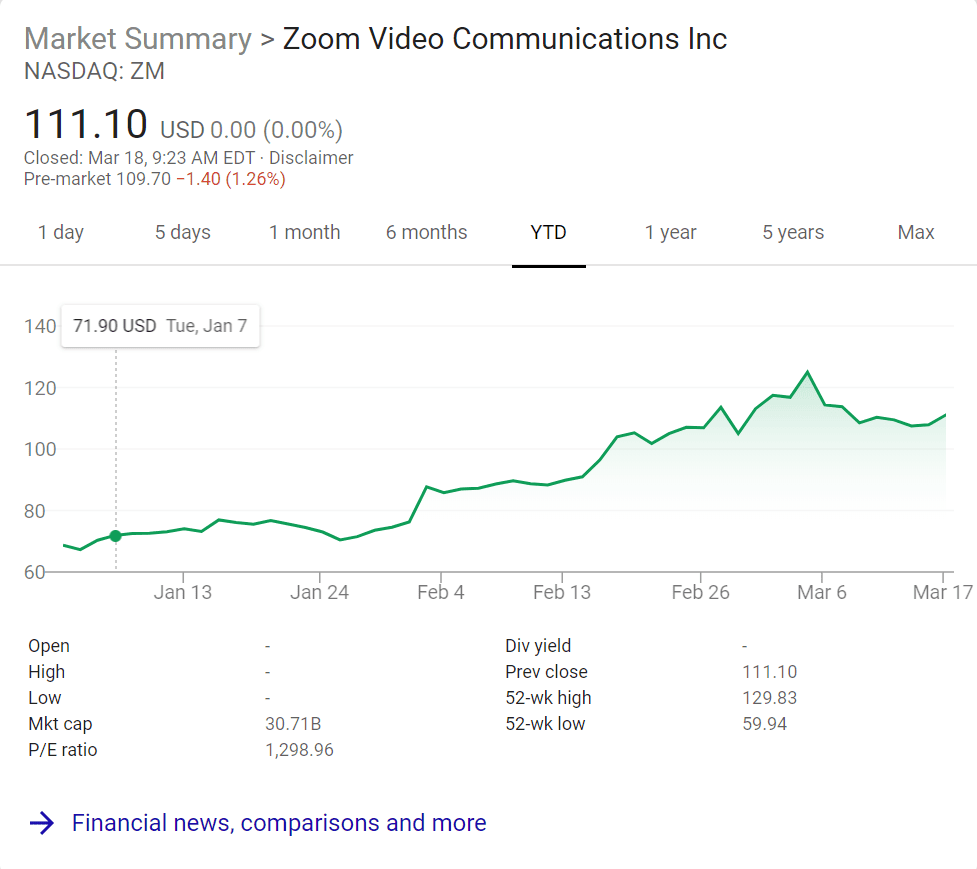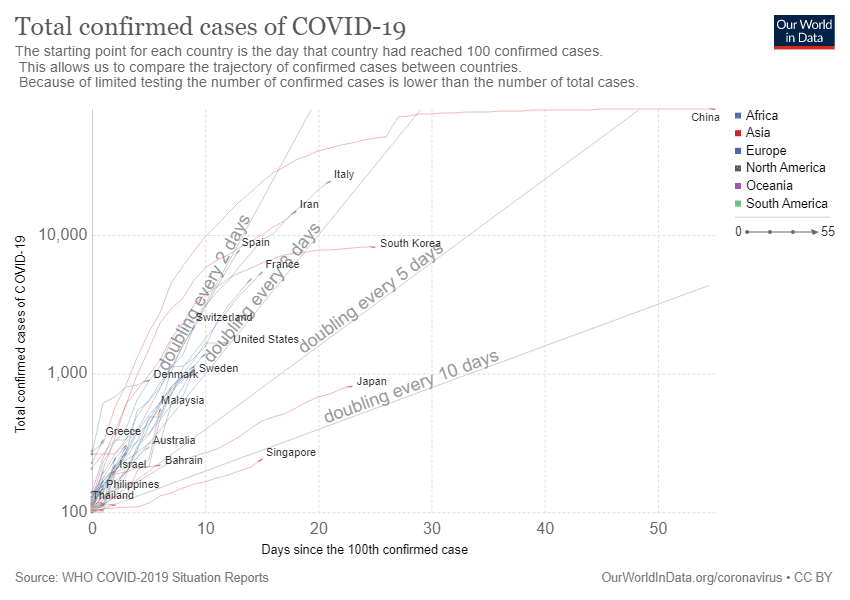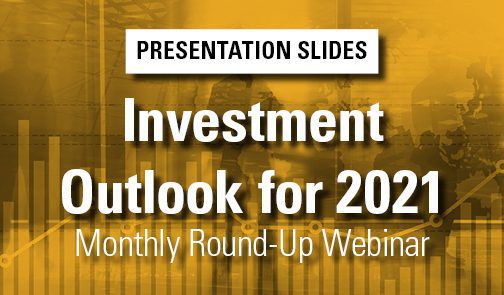Cycle Planning in the Era of COVID-19

It is fairly clear now that the U.S. economy is headed for a recession. Now the question is not whether an economic downturn is coming, but rather a) how deep will this downturn be and how long will it last, and b) what should those of us in the real estate industry be doing about this in the near-term.
The speed with which the market has turned should not come as a surprise. More often than not, it is some unforeseen circumstance, some shock to the system (which COVID-19 certainly is) that will disrupt the normal supply-demand balance and tip the economy into a downturn. The more severe the shock, the more painful the downturn.
So, how long and how deep? Sorry, no one really knows. There is a plausible case to be made based on early evidence emanating from China and South Korea that the U.S. will experience a sharp increase in the number of confirmed cases over the next two weeks. But then the number of NEW confirmed cases should start to sharply decline in three to four weeks.
Reports from China, where retail sales declined 30% and industrial output is down 13% since the beginning of the outbreak, are now indicating that life, and commerce, is beginning to come back to life, and the hope and expectation is that the recovery there will be fairly rapid now that the number of new confirmed cases is close to zero. Since the number of new cases has plateaued, even Wuhan, the birthplace of the COVID-19 pandemic, is reportedly back to 50% of its production capacity and is likely to be at 75% by the end of March. This may well prove to have been a V-shaped downturn for China, lasting only two quarters or so.
This is a plausible scenario for the U.S., where in spite of a slow response to coronavirus so far, the country now appears to be gearing up to take measures that will, if not contain, lessen the impact. Sadly, the extent of the damage to the economy and the ability to rebound from still unfolding disruption is still unknown. China was able to contain its impacted zone to Wuhan, while the coronavirus has already spread across the entire U.S. That may make a difference in how deep and how long the downturn is in the U.S. If the U.S. follows a China trajectory, then we could experience one to two quarters of negative GDP growth and return to positive growth as the economy responds to pent up demand and the U.S. consumer comes back to life in the second half of 2020. While plausible, this may be a best case scenario. It would be prudent to plan for a disruption that could be longer, deeper and more severe.
History tells us that, unless caused by or trigger a breakdown of the financial markets, economies and capital markets bounce back relatively quickly from shocks such as this (the recession that followed the 1918 flu pandemic only lasted 7 months). However, this time could be different because the typical economic downturn is caused by fundamental weakening of consumer consumption for one reason or another (the same 1918 flu pandemic was later followed by an 18-month recession in 1920, which was caused by other factors). Lower consumption leads to excess supply and drives down production and investment activity levels during the downturn without interrupting the supply chain.
In such cases, the economy can bounce back relatively quickly as the slack resources are redeployed as demand springs back to life. The disruption to the supply chain and production capacity this time may take longer to restore the supply, particularly if the outbreak is not contained evenly across the globe, and thus may lag the bounce back in demand, which may in itself have some negative consequences, such as creating inflationary pressures.
The expected case for the U.S. is that it takes two to three months to get the outbreak under control, resulting in a slowdown for two quarters but still allowing for a recovery starting in the summer or fall, and possibly facilitating a positive growth year for U.S. GDP for 2020. If, however, the outbreak is not contained within the next two to three months, the downturn could persist for a longer period of time. Obviously, this situation warrants close monitoring as the trajectory could change materially, and quickly.
So what should real estate companies be doing right now? Well first – don’t panic, and while it has been harrowing to watch, remember that the stock market is not the economy. While this is a novel virus, cycles are not new and we’ve seen shocks like this before. There are immediate action plans that real estate companies should deploy, and you no doubt have already done so, to keep your employees, vendors, partners, and valued residents and tenants in your buildings safe – you know the drill by now – frequent and thorough hand washing, flexible work from home policy wherever possible, travel/meeting restrictions, self-quarantining where prudent/necessary, social distancing, etc. Fortunately, most of us in the real estate industry are playing the long game, and developments and investments we are making now will play out over years, and not weeks and months. There may be some temporary hesitation to make commitments in the face of uncertainty, so negotiate extensions on contracts, revisit terms where necessary, and walk only if you must. But in time, asset values will regain the ground lost during the downturn and then some.
Clearly there are segments of the real estate industry that are getting hammered – hospitality, leisure/resort, and retail/entertainment top the list. The impact to revenues in these sectors has been swift and devastating, and the duration of the coronavirus shutdown will have a meaningful impact on the number of business failures in these sectors. According to the American Hotel and Lodging Association trade group, the novel coronavirus has already had a more severe economic impact on the hotel industry than the Sept. 11 terrorist attacks and the Great Recession combined, and current forecasts call for a 30% drop in hotel occupancy over a full year which would result in the loss of nearly 4 million hotel jobs, from general managers to housekeepers. It is likely that retail, office and industrial tenants will start looking for some relief in the not too distant future.
Ironically, this could be good news for some in the industrial sector as demand for ecommerce and distribution in the wake of this pandemic ramps up even further. In the long run, expect more manufacturing facilities to locate in North America to ensure supply and access to markets during episodes like this one, a boon to economic growth and industrial and logistics facilities in the U.S. and Mexico.
By now, most rental apartment owners/managers and homebuilder sales offices have gone to virtual tours and it remains to be seen how this may impact home sales, lease ups and occupancy rates in the coming weeks and months. So far new renter/homebuyer traffic is down, but so are move-outs.
Shopper traffic at new home communities is down as potential homebuyers worry about being out in public, their job stability and their financial health as the stock market craters and businesses shut down. Real estate agents for existing homes saw a significant slowdown in buyer traffic at Sunday open houses this past weekend. Some companies have chosen to cancel open houses. NAHB’s current sales condition index fell 2 points to 79, sales expectations in the next six months dropped 4 points to 75, and traffic of prospective buyers decreased 1 point to 56. But it’s important to note that half of the builder responses in the March HMI were collected prior to March 4, so the recent stock market declines and the rising economic impact of the coronavirus will be reflected more in next month’s report according to NAHB chief economist Robert Dietz. In the survey, 21% of builders reported some disruption in supply due to virus concerns in other countries such as China. However, the incidence was higher (33%) among builders who responded to the survey after March 6, indicating that this is still very much an emerging issue.
The demand for, locational characteristics, and nature of the workplace was already in a period of transition before the outbreak – does this change the way we view and use office in this country and accelerate this trend? What will happen at our construction sites – this is not work that can be done from home?! Boston was the first city in the U.S. to announce that it was shutting down all construction sites starting March 17, with San Francisco following suit and LA not far behind. And yet, while Mayor Kenney of Philadelphia ordered all non-essential businesses to close, the mandate did not apply to construction sites, at least, so far.
We are seeing early signs of a wholesale shutdown of the commercial lending markets. Prior commitments are still being honored, but new loans are effectively not available to all but a few preferred customers. Same with investment sales activity. The private lending market is active, but pricing has increased substantially in the past week. Buyers are re-considering their offers, and seeking to extend or cancel any investments in the pipeline. This has changed since last week, when the lending market in general was still open for business with multiple sources saying that activity itself has not slowed down very much and certain areas even saw an increase. In general, banks held firm with lower base rates and increased spreads. Safe haven assets, namely industrial, office and multifamily properties, are more desirable to lenders than retail and hospitality. Construction loan draws are still proceeding, but with some terms on LIBOR floors being renegotiated. We are aware of deals that have fallen through over concern about the near-term impact of the shutdown, and expect more to come. Furthermore, large commercial bank loans that have yet to be fully negotiated prior to the first week of March may be impossible to get today as banks preserve cash to be able to cover their reserve obligations. In addition, the banking system’s “plumbing” (repo market, cash brokers, etc.) was clogged up last week and it has become increasingly difficult to move large amounts of money right now due to a lack of willing counterparties to make these daily transactions possible. While the crunch seems to have eased a bit this week, we are afraid the problem could easily resurface. Until this gets cleared up (which the Fed is laser-focused on, and it probably happens before the virus itself is cleared up), the equities market will continue to swing wildly—and large real estate transactions will be challenging to consummate.
Several large institutional capital players are telling their managers that they will not invest in anything new unless “they are stealing it.” No one wants to be in a position to have to explain why they have March 2020 vintage investments on their books, particularly if things take a turn for the worse. The result is largely a wait-and-see investment strategy for the time being. It will be telling to see what happens to recapitalizations scheduled over the next several weeks and months to know what the true impact of this crisis will mean to real estate finance, but it certainly would be prudent for real estate companies to ensure they have sufficient liquidity now to sustain themselves over a period of time until the trajectory of this situation becomes clear.
And not to be ghoulish, but this is also the time to think about the potential opportunities that could be present in this downturn and to position your real estate enterprise to not only survive, but prosper, in a period of dislocation. If the credit market should hesitate or seize, is there an opportunity to fill the void with bridge loans, or provide credit enhancements to nervous lenders/investors? May not be too late to invest in Zoom!

To us here at RCLCO, this feels more like the downturn following the 9/11 terrorist attacks than a repeat of the 2008 financial crisis – it is one that will be of relatively short duration and severity. The good news is that real estate did not precipitate this crisis, and with a restoration of normal consumption and rapid rebuilding of the supply chain, the fundamental underpinnings of the economy and credit markets are still sound. So long as the credit markets remain healthy, and the pandemic is brought under control in the next month or two. There is still abundant capital available for real estate and significant dry powder to be invested.
The survivors will be those who a) enjoy healthy debt coverage ratios to cover debt service requirements even if NOIs fall off, b) have little expose to lease and debt maturation over the next few years, and c) managed to arrange stand by capital for “dry powder”.
For them, the action plan is to manage cash, monitor the situation closely – how can you not in the 24/7 news cycle – and bear in mind that the situation in the United States will get worse before it gets better but that the message from China and South Korea is there is an encouraging endgame in sight. This is absolutely the time, if you have not done so already, to:
- Stress test your portfolio and understand what a 10% drop in rents, or a 30% decline in sales, will mean to your cash flows, your ability to service your debt, and maintain your distributions to shareholders, and ensure that you have sufficient liquidity to weather the downturn.
- Decide NOW what you want to own that you don’t already, and develop a plan to closely track those sectors and/or markets to detect early signs of distress.
- Be ready to move quickly and decisively – the windows of opportunity are relatively short and there is a lot of capital waiting to take advantage of distress, so the early bird will get the worm.
- Keep contingency Plan B at the ready in the event that things get worse, but Plan A should be business as usual, more virtual for the next few weeks for sure, but stay the course.
And that is what RCLCO does. Give us a call to figure out how we may be able to help you with any and all the above, putting you in position to survive and thrive in the coming months and years.
Article and research prepared by Charles A. Hewlett, Managing Director.
Disclaimer: Reasonable efforts have been made to ensure that the data contained in this Advisory reflect accurate and timely information, and the data is believed to be reliable and comprehensive. The Advisory is based on estimates, assumptions, and other information developed by RCLCO from its independent research effort and general knowledge of the industry. This Advisory contains opinions that represent our view of reasonable expectations at this particular time, but our opinions are not offered as predictions or assurances that particular events will occur.
Related Articles
Speak to One of Our Real Estate Advisors Today
We take a strategic, data-driven approach to solving your real estate problems.
Contact Us










